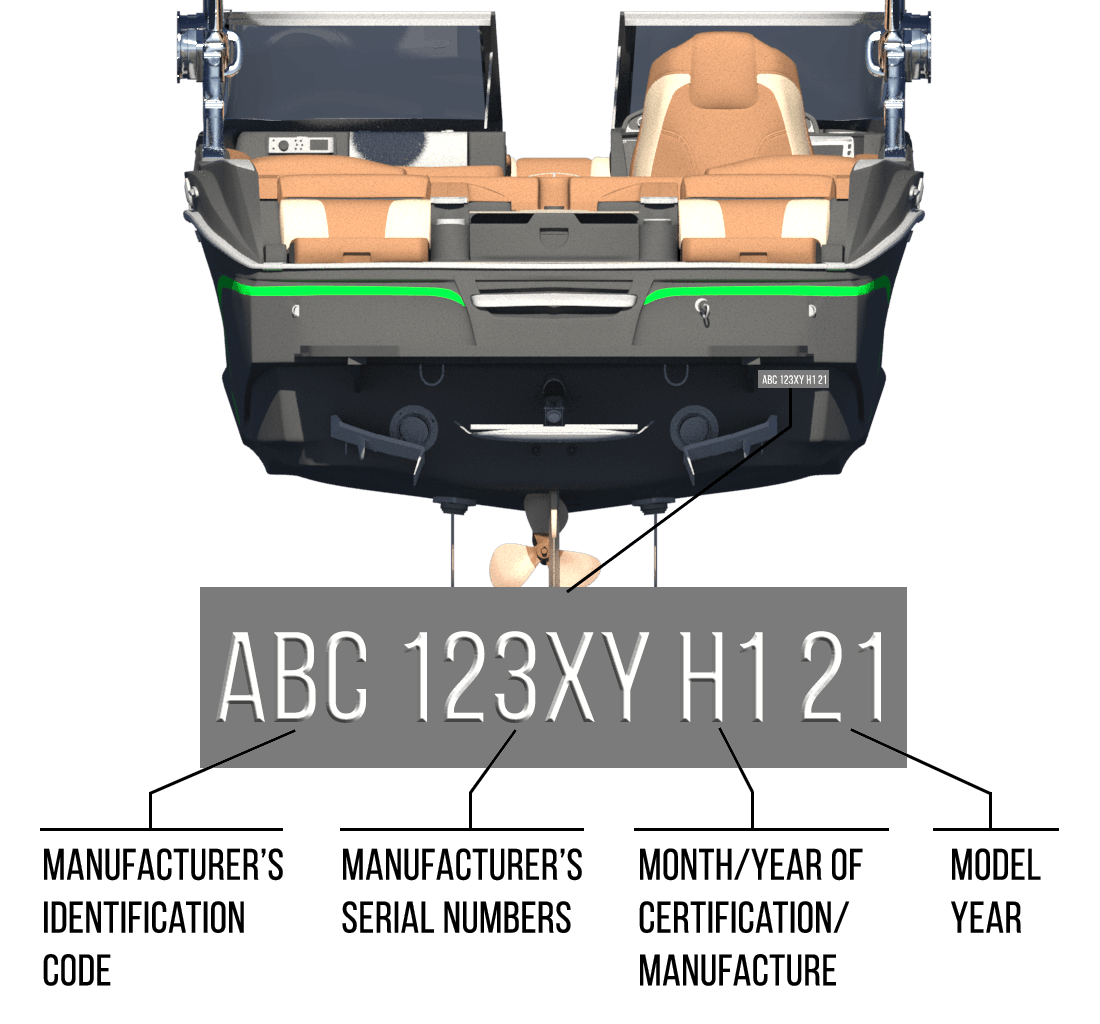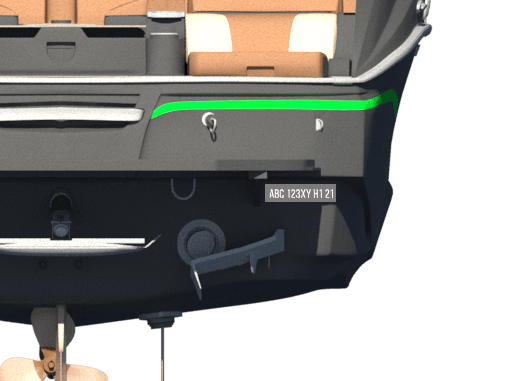Every boat has a unique identity, much like a car has a Vehicle Identification Number (VIN). In the boating world, this identification is known as the Hull Identification Number (HIN). The HIN is a 12-character alphanumeric code permanently attached to the hull of a vessel. This number serves as the boat’s “fingerprint,” allowing authorities, owners, and manufacturers to trace its origin, history, and ownership.
The HIN is essential for several reasons. It helps identify lost or stolen boats, assists in tracking recall notices issued by manufacturers, and provides a reliable reference for registration and insurance purposes. When a boat is recovered after being stolen, the HIN is often the most accurate way to confirm ownership. Similarly, if a safety issue arises with a specific model, the HIN enables the manufacturer and Transport Canada to contact the owners affected.
In Canada, all pleasure craft that are built or imported must have a valid HIN affixed to the hull. This rule applies to both new and used boats, whether they are made domestically or brought in from another country. The HIN ensures that every vessel operating on Canadian waters can be properly identified, improving safety, accountability, and record-keeping across the boating community.
A Hull Identification Number follows a specific format. The first three characters represent the Manufacturer’s Identification Code (MIC), assigned by Transport Canada to the boat builder or importer. The remaining characters indicate the serial number, month and year of production, and model year. Altogether, the HIN is 12 digits long, and every character must be at least 6 millimetres (¼ inch) in height and width to ensure visibility and legibility.
Typically, the HIN is found on the upper right corner of the boat’s transom (the back of the hull), where it remains visible even when the vessel is in the water. A duplicate is often placed in a secondary location for security and verification purposes.
In summary, the Hull Identification Number is far more than a simple code—it is the foundation of a boat’s legal and safety identity. Knowing where to find it and understanding what it represents helps protect both you and your vessel on the water.

